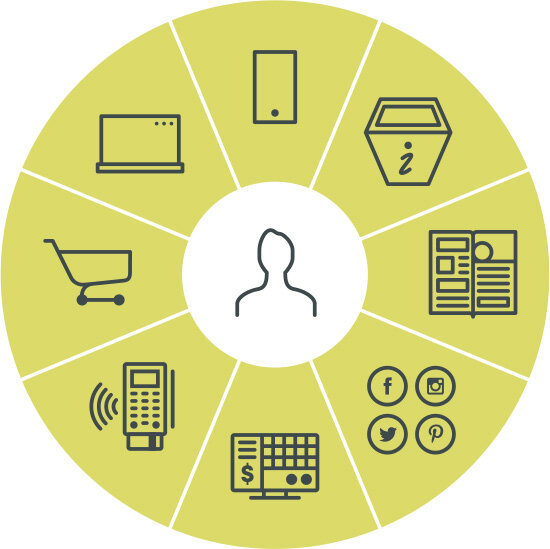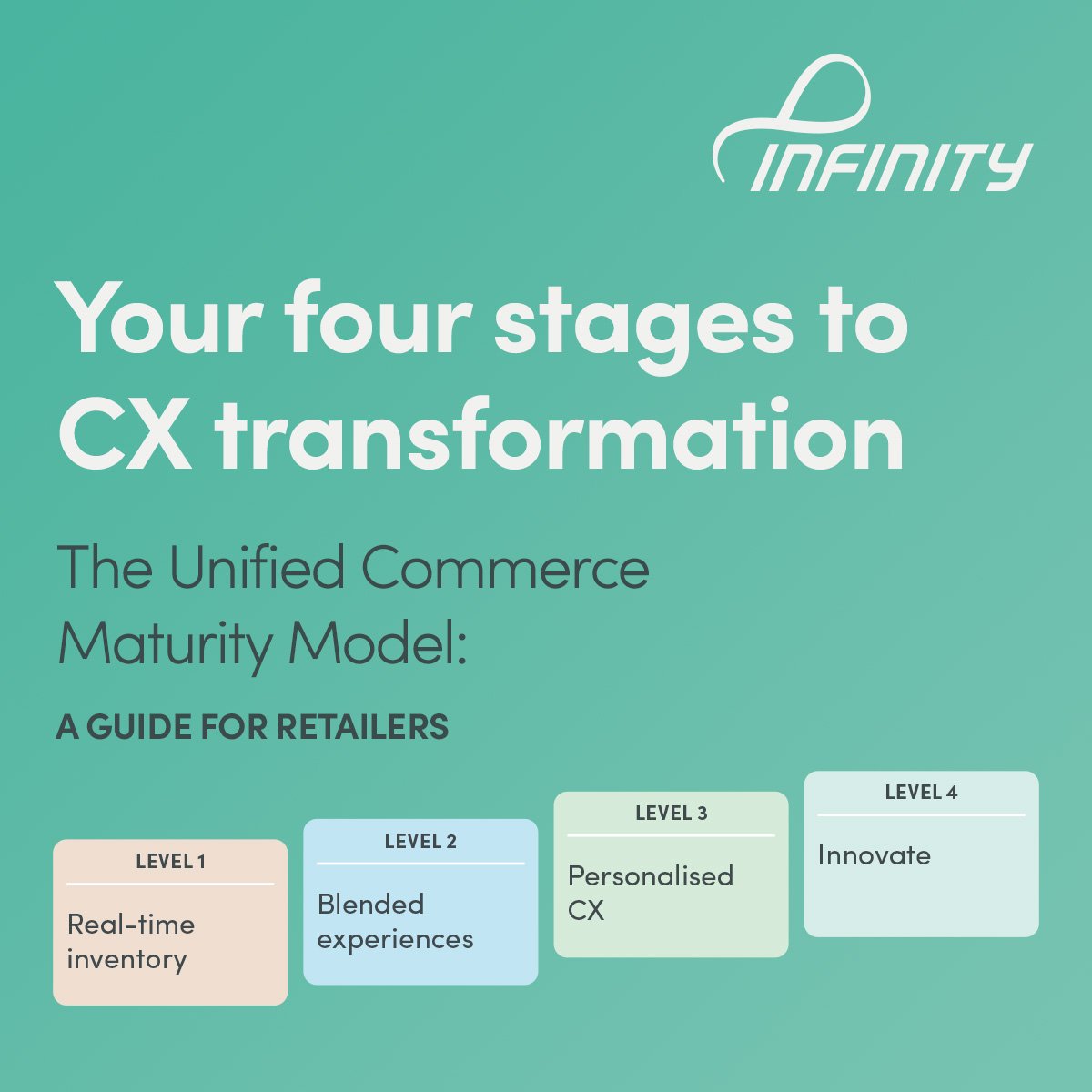If you’re upgrading your point of sale to modernise your customer experience, here are the important shifts in functionality to consider:
EX aligns with CX
Today, any store innovation must reduce friction for the store teams, which in turn will drive a great customer experience. Speed and simplicity are now the priority to help people be as productive as possible, wherever they are in the store.
However, many retailers run multiple systems within stores, forcing their teams to juggle between different apps and screens as they serve customers.
Retailers are consolidating store technology onto a single POS-based retail system that lets their teams do everything, from sales transactions, customer loyalty, pricing, product and promotions through to virtual appointments and endless aisle access to stock.
Clienteling gets personal
Clienteling is becoming more sophisticated as consumer expectations for a frictionless ‘one brand’ experience rise. However, many retailers still have channel silos that mean any interaction or activity that the customer had with them online is not available to the customer or staff within the store.
Leading retailers are helping their in-store teams deliver more personalised experiences by using AI and data from across online and offline channels to create timely and relevant communications, recommendations, offers and rewards.
Initially provided for customers visiting stores during click-and-collect pickups, retailers like Cue Clothing are extending customised recommendations into other communications with customers, such as e-receipts and shipping notifications.
They’re taking advantage of the unparalleled knowledge of their store staff to boost digital sales and service by giving in-store teams the tools to connect with shoppers virtually. By integrating video commerce platforms with POS solutions (like Infinity) they’re automating the end-to-end process, from customer communications and data insights to seamless sales transactions and fast delivery.
Store experiences go digital
Retailers know that consumers now expect more from stores and are working to match those expectations with new experiences – such as events, service offerings, customisation, resale, repairs and so much more.
That also means extending digital experiences into stores, such as the ability to look up loyalty points, explore product information or browse and order from the entire inventory.
Mobility is a high priority and retailers are providing fast and flexible self-service checkouts, mobile point of sale and contactless payments everywhere the customer is - in the store, out in the yard, at trade shows and pop-up stores.
They’re using multichannel wishlists to let customers add items to wishlists in stores. By capturing both in-store and online shopper interactions they’re able to retarget customers with personalised marketing campaigns that build engagement and grow sales.
Fulfilment a competitive advantage
Today consumers make their purchasing decisions based on shipping costs and timings. They expect options – from slow to fast, and everything in between – plus visibility, communication and tracking, no matter the fulfilment solution.
However, most retailers struggle to quickly deliver new fulfilment experiences via their POS.
With modern point of sale systems, retailers are using their stores to support the fulfilment options consumers now expect and positioning inventory closer to customers – the source of demand.
Endless aisle access to all inventory via the POS lets them offer the fulfilment options consumers expect – such as click-and-collect, store-to-door and scheduled delivery, plus innovative new delivery solutions, such as 1-hour delivery via Uber and Shippit.
Future proofing an imperative
In the past, retailers who got behind on their store tech investments frequently focused on catching up to current standards.
Now, the focus is on future proofing – choosing platforms that speed up innovation, with the flexibility to change direction as opportunities develop, competitors act and customer expectations evolve.
When it comes to POS solutions that can support omnichannel experiences, look for a platform that provides a unified hub for all your channels – reducing integration, complexity and overheads, and increasing efficiency and accuracy.
With agile methodologies and APIs to easily plug-in new apps and systems, your new POS will be your platform for innovation – a springboard for adding new channels and services at a speed and scale that would be unachievable within a traditional omnichannel model.
This blog was originally published on 28 Feb 2023 and updated 7 August 2024


























